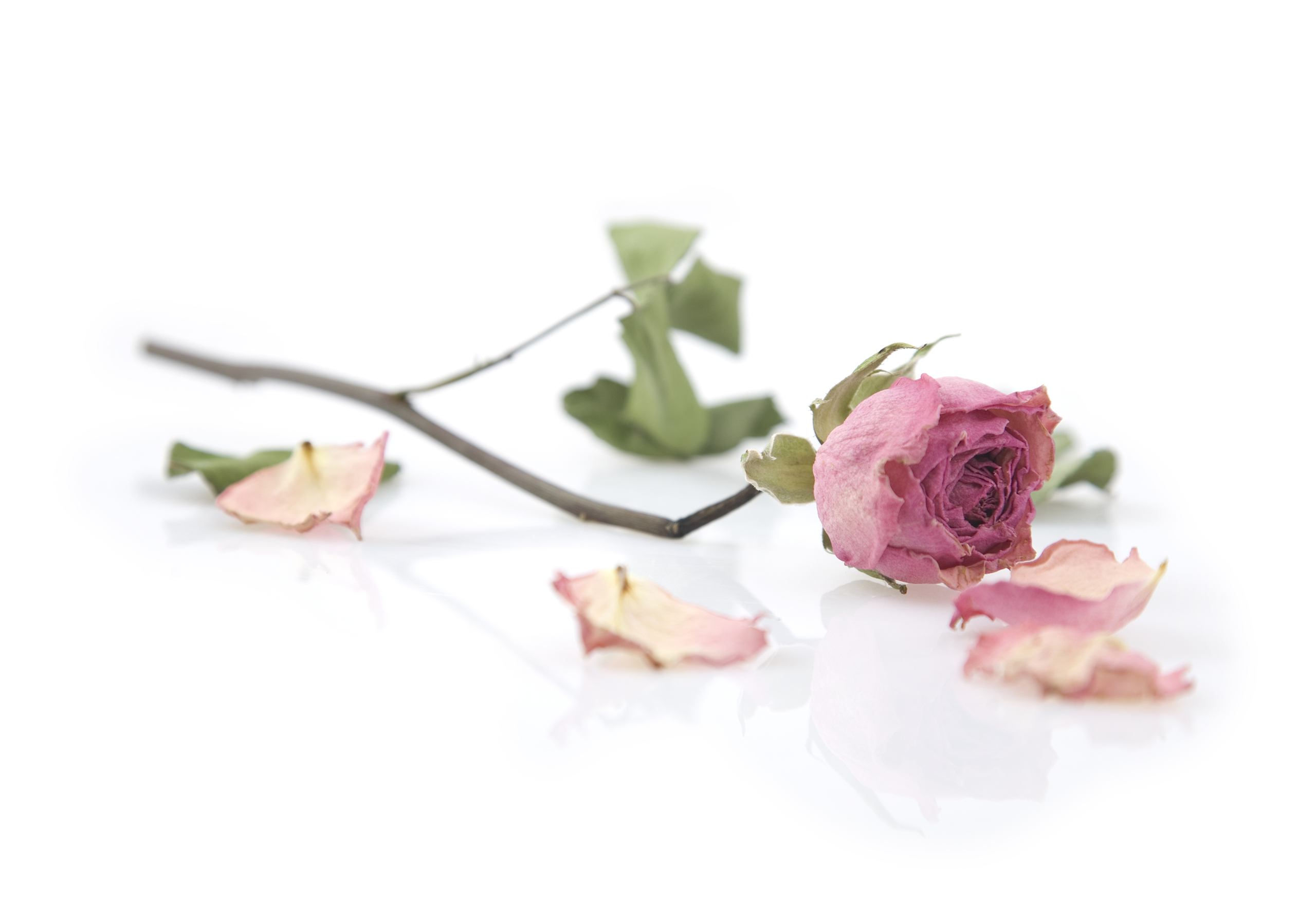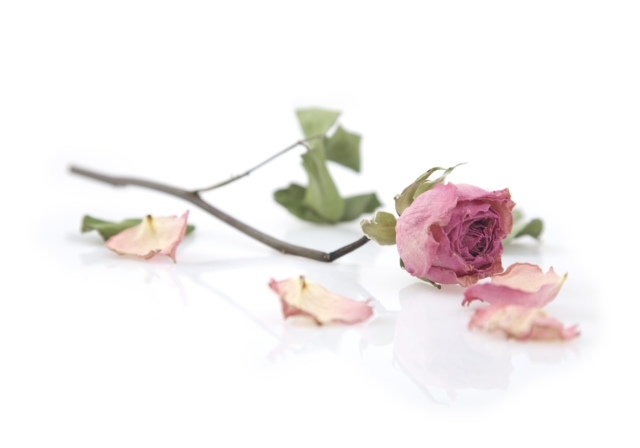We say it because it’s true: when it comes to common ailments and injuries affecting cut flowers, an ounce of prevention IS worth a pound of cure. These unfortunate flower conditions directly impact your bottom line – specifically, a product you cannot sell and corrective action in your shop that distracts your team from income-producing activities.
Let’s consider some of the usual suspects: botrytis, ethylene gas, and physical damage; their causes and symptoms; and ways to avoid these profit-killers.
Botrytis: The Danger of Dampness
Botrytis is a common fungus in plants and flowers, always present, often dormant. It is often activated by stress that leads to symptoms like tissue damage and rot. Some causes of stress, and ways to prevent it, include:
- Humidity. Too little (below 80%) promotes transpiration, or water loss. Too much (approaching 100%) promotes condensation, or water droplets, which also causes stress. Keep humidity between 75 and 85%.
- Improper Cold Chain: Temperature fluctuations promote condensation. Continued fluctuation creates the same harmful conditions over and over, compounding the damage.
- Contagion: Segregate healthy stems from unhealthy ones. Pluck unhealthy petals if the bloom is salvageable.
- Physical Damage and Ethylene Damage: See below.
Floral shipping boxes create environments high in moisture or humidity. FloraLife® Transport Paper, is a specially designed postharvest waxed tissue to be used in the transport of fresh cut flowers. It is impregnated with compounds that react when exposed to relative humidity above 40%. We highly recommend that you line your flower boxes with transport sheets during periods of heavy rain and high humidity.
Additionally, proper air flow promotes even temperature distribution and humidity. Try to pack stems loosely during storage and display.
Physical Damage: Handle with Care
Mishandling physically damaged flowers. Sometimes we touch or rub the blooms. Or, blooms rub against the cardboard container during shipping. Often, damage isn’t evident until much later, when flowers are already on display.
To avoid physical damage:
- Don’t touch or handle blooms
- Take care when unpacking
- Remove wrapping carefully
- Set buckets and bunches down gently
- Do not drop boxes or buckets filled with flowers
- Firmly secure flowers during transport so that the blooms do not rub against the cardboard or packaging. Protective wrapping around rose heads can harm the roses if not affixed correctly. Even a slight bend can physically damage roses.
Ethylene: That Gassy Feeling
Ethylene causes about 30% of flower waste. A gaseous plant hormone, ethylene causes leaf yellowing, flower (or petal) drop, irregular opening, and premature death – even in small doses. Unfortunately, ethylene is practically everywhere in the retail environment. A couple of tips for avoiding ethylene damage include:
- Make sure to check that your supplier has treated the product with an ethylene action inhibitor, such as Ethylbloc™.
- Monitor temperature. A proper temperature in the cooler (around 34 to 38 F / 1 to 3C) can inhibit ethylene production.
- Outside of the cooler, do not store or display near ripening produce or products that produce ethylene, such as propane heaters, diesel fumes, cigarette smoke, and “older” flowers.
Enjoy Healthier Blooms AND Profits!
You might notice how interconnected these floral ailments and injuries are. That’s why care and handling is a 360-degree activity; each step reinforces the ones before and prompts those that come after. With these preventive steps, you too can enjoy healthier flowers AND a healthier bottom line!


